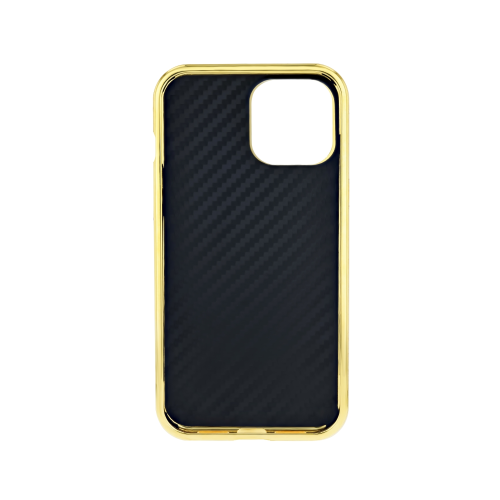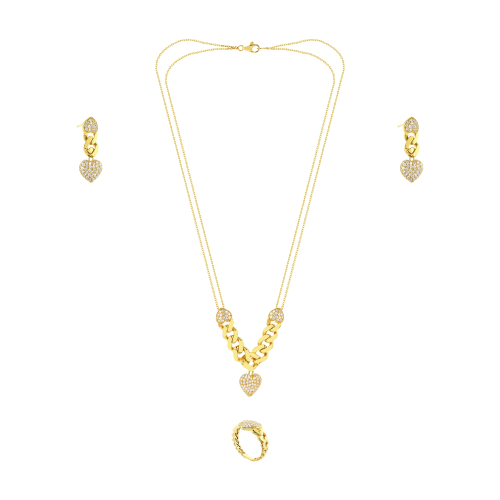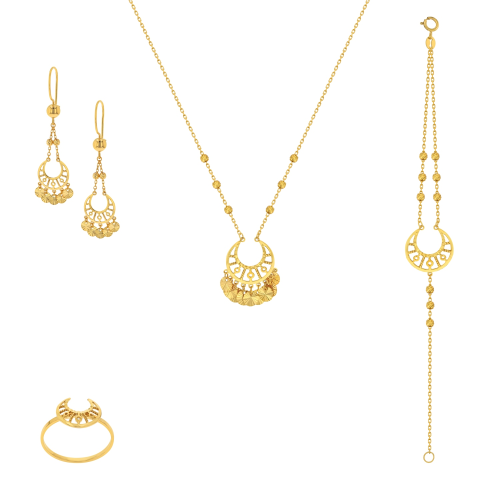Fake Gold Scams: The Tungsten-Filled Bars That Fooled Experts

In the shadowy world where greed meets ingenuity, few scams are as elegant and devastating as the tungsten-filled gold bar. These sophisticated counterfeits have fooled seasoned experts, bilked investors out of millions, and exposed vulnerabilities in verification systems trusted by major institutions. This deep dive explores how these fake gold bars are created, how they've evaded detection, and what investors can do to protect themselves.
The Perfect Counterfeit
Gold's allure as a store of value has persisted for millennia. But when gold prices soar—as they have recently, breaking records above $3,400 per ounce—the incentive to counterfeit grows proportionally. Enter tungsten: the near-perfect accomplice in gold fraud.
Tungsten possesses a density of 19.25 g/cm³, remarkably close to gold's 19.3 g/cm³. This crucial physical property means a tungsten-filled bar can fool the most common verification method: weighing. When a standard 1 kg gold bar is weighed on a scale, a tungsten-filled counterfeit registers virtually identically.
The typical scheme involves drilling out a genuine gold bar and replacing its core with tungsten, then resealing it with a thin gold cap. More sophisticated operations create bars completely from scratch, using a tungsten core surrounded by a 1-2mm gold shell. The final products often come complete with authentic-looking serial numbers, stamps, and even certificates of authenticity.
High-Profile Cases That Shook Markets
Perhaps the most infamous case occurred in 2012 when Tungsten-filled gold bars were discovered in Manhattan. A dealer who had purchased 10 ounce gold bars from a respected supplier became suspicious when drilling into them during the melting process. What should have been solid gold revealed a tungsten core beneath a thin golden shell.
In 2017, a gold bar certified by the Royal Canadian Mint and held in Ottawa raised alarms when it was found to contain a tungsten core. The discovery sent shockwaves through the industry—if bars with official mint stamps and certificates could be faked, what could investors truly trust?
More recently, in 2020, a major Chinese gold processor Kingold Jewelry was found to have used fake gold bars as collateral for loans totaling 20 billion yuan ($2.8 billion). The scandal erupted when creditors discovered that what they thought was gold worth billions was actually gilded copper.
Why Detection Is So Difficult
Traditional verification methods have proven inadequate against sophisticated tungsten-filled counterfeits:
- Weight testing fails because of tungsten's nearly identical density.
- Visual inspection can't detect counterfeits with expertly applied gold exteriors.
- Hallmarks and stamps are easily forged by sophisticated operations.
Even experienced gold traders can be fooled by high-quality fakes. Many transactions rely on trust in the supply chain rather than exhaustive testing of each individual bar, especially in fast-paced trading environments.
Advanced Detection Methods
As counterfeiters have grown more sophisticated, so too have detection methods:
- Ultrasound technology can reveal inconsistencies in internal structure, as sound waves travel differently through tungsten than gold.
- X-ray fluorescence identifies the elemental composition of the surface but cannot penetrate deeply.
- Electrical conductivity tests exploit the difference between gold and tungsten's conductivity.
- Destructive testing involves drilling or cutting into the bar—definitive but impractical for most transactions.
- Density testing in multiple mediums can reveal subtle differences invisible to traditional scales.
Most conclusively, neutron activation analysis can determine a bar's composition without damaging it, but the equipment is rare and expensive.
The Economics of Deception
The profit margins in tungsten-for-gold substitution are staggering. With gold trading above $3,400 per ounce and tungsten costing roughly $30 per kilogram, replacing just 30% of a one-kilogram gold bar with tungsten yields approximately $24,000 in fraudulent profit.
These economics explain why criminal organizations are willing to invest in sophisticated equipment and technical expertise to perfect these counterfeits. The global nature of gold trading also means that bars may change hands multiple times before testing reveals their fraudulent nature, by which time the perpetrators are long gone.
Implications for Investors and Markets
The existence of these sophisticated fakes has profound implications:
- Trust erosion: Each discovered fake diminishes confidence in gold as a reliable store of value.
- Increased transaction costs: More rigorous testing requirements add expense and time to gold transactions.
- Insurance complications: Claims related to counterfeit gold have created complex legal battles.
- Market volatility: Major discoveries of fake gold reserves can trigger price fluctuations.
Perhaps most concerning is how these counterfeits might affect gold's status during financial crises. Historically, investors flock to gold during uncertain times—but what happens when that safe haven itself becomes suspect?
Protecting Yourself
For individual investors and institutions alike, several precautions can help mitigate risk:
- Purchase only from reputable dealers with established histories and robust verification procedures.
- Insist on multiple testing methods before completing significant transactions.
- Consider gold ETFs or allocated storage with regular auditing rather than physical possession.
- If buying physical gold, smaller units (coins rather than large bars) are harder to fake profitably.
- Always obtain detailed documentation of provenance and maintain chain of custody records.
- For significant holdings, invest in professional verification equipment or services.
The Future of Gold Fraud
As detection technology advances, so too will counterfeit techniques. The cat-and-mouse game between verifiers and fraudsters shows no signs of abating. Some industry experts predict that blockchain technology might eventually provide a solution through immutable records of a gold bar's origins and transaction history.
Others suggest that traditional gold trading may gradually give way to more secure alternatives like digital gold or fully audited depositories with real-time monitoring and verification.
The tungsten-filled gold bar represents a perfect storm of deception: difficult to detect, highly profitable, and undermining of one of humanity's oldest stores of value. While gold itself remains chemically immutable, our systems for verifying its authenticity continue to evolve in response to increasingly sophisticated threats.
For investors, the message is clear: in the world of precious metals, trust but verify—and then verify again, using the most advanced methods available. The age-old wisdom that all that glitters is not gold has never been more literally applicable than in today's market of sophisticated counterfeits.







